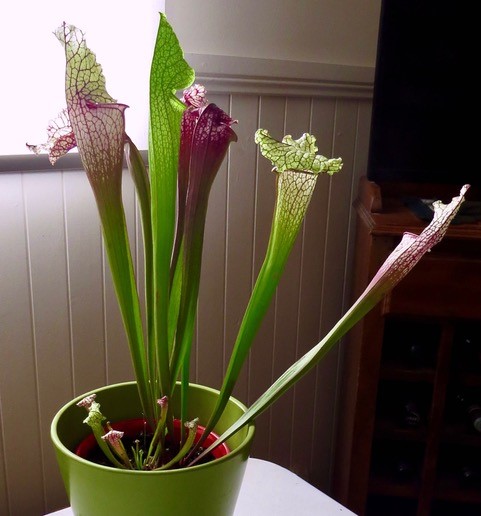January 17th, 2021Around the house with Glen
Drying is an excellent yet basically simple method of preserving surplus stone fruits and pears for later use. The only equipment needed is a couple of 10-litre plastic buckets, sufficient drying trays and a preservative to extend storage life and improve the colour of the fruit.

Commercial dryers (of my memory) used such chemicals as potassium metabisulphite and other wine-making preservatives but I would prefer to use lemon juice at the rate of one cupful to four of water and avoid any allergic reactions. The drying racks can be made by stretching fine chicken wire over wooden frames.
(This all brings back fun memories of childhood Riverland Summer holidays helping out in the family drying sheds.)
Use only firm, fully ripened fruit. Halve the fruit and remove the stone. Remove the stem core and calyx from the pears.
Make up a solution using 10 litres of water, 4 cupfuls of lemon/water and 1.5 kg of sugar. This will be enough to dip about 20kg of fruit. The sugar prevents the natural fruit sugars being drawn out during dripping. Dipping without the sugar results in papery, poor-tasting dried fruit.
Place a weighted dinner plate over the top of the fruit to prevent it from floating to the surface.
Dipping times for the different fruits are:
Apricots and plums – 12-15 hours
Nectarines – 15-20 hours
Peaches – 20-24 hours
Pears – 24-30 hours
Rinse the fruit in clean water after dipping and place them cup-half up on the trays to dry in the sun. Filling the cups with a fine mist of water during the drying process prevents discoloration. Apricots should be totally dried in the sun but other fruits are best moved after two days for the drying process to be completed in a well-ventilated, shady spot.
Remove the pears from the full sun when their edges start to darken and turn up.
The fruit will be ready to store in sealed containers and placed in a cool, dark place when it is chewy and hard to bend.

Organic wasp trap
Sarracenia or pitcher plants are among the most attractive, if not lethargic, insectivorous plants of all the meat-eating plants in the world, and possibly one of the easiest to grow.
Unlike its worldwide plethora of fellow carnivores, which have to rely on split-second timing and physical movement of trap-doors and toothed jaws, this botanical Delilah merely uses its colourful plumage and alluring perfume to attract its prey down the ever-narrowing funnel until it finds itself drowning in the flesh-dissolving cooking pot.
Apparently, European wasps regularly succumb to their charms. So another good reason for growing them.
The botanical world is literally littered with carnivorous plants ranging from the tiny sundews with their sticky-tip hairs to the enormous tropical nepenthes vines, some with bucket-sized flowers, capable of trapping small animals and birds.
The one common factor is they are all found in zero to low nitrogen soils so have adapted to hunt for the nitrogen themselves in the form of decomposing bodies.
Sarracenias are bog-dwelling plants growing in warmer climes. They need a warm, well-lit spot away from direct sunlight but take them out of doors in warm weather to top up their insect quota.
They do best in a mixture of peat and sphagnum moss. As for watering, once the pot has initially been given a good soaking, place it in a saucer of regularly topped water to let the moss take up the moisture as needed.
Got a gardening question? Ask Glen. Email glenzgarden@gmail.com










